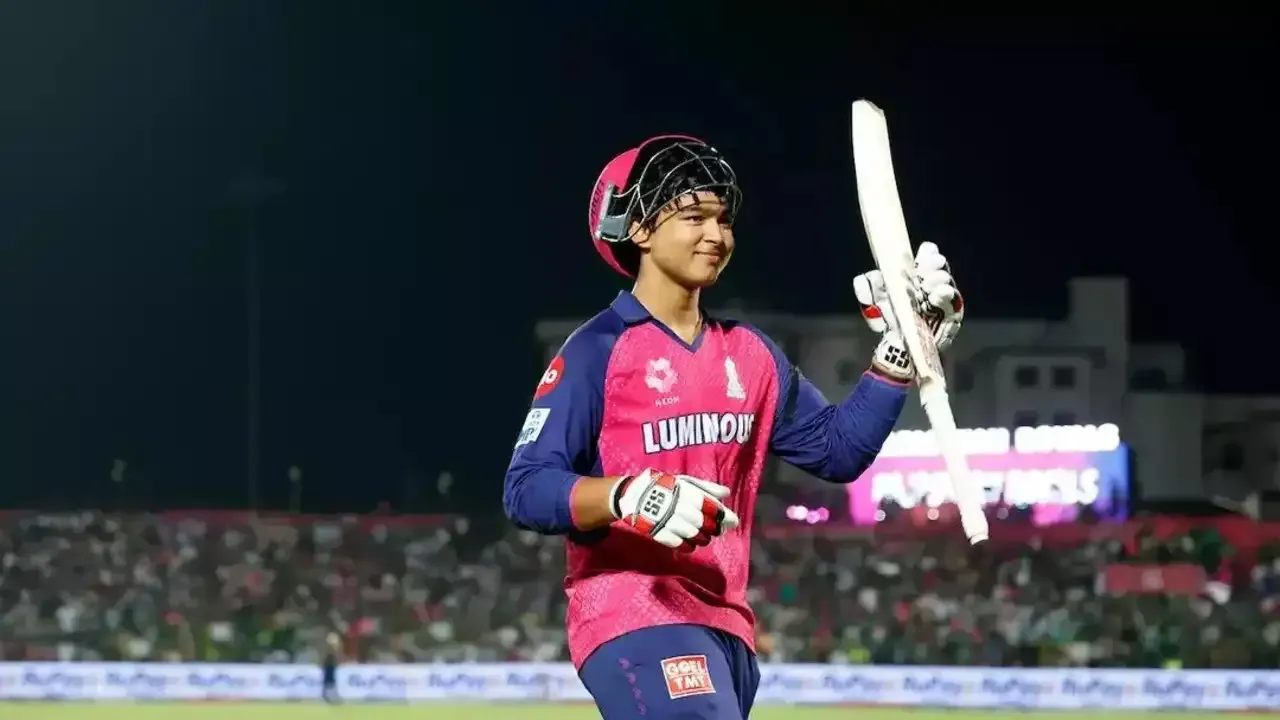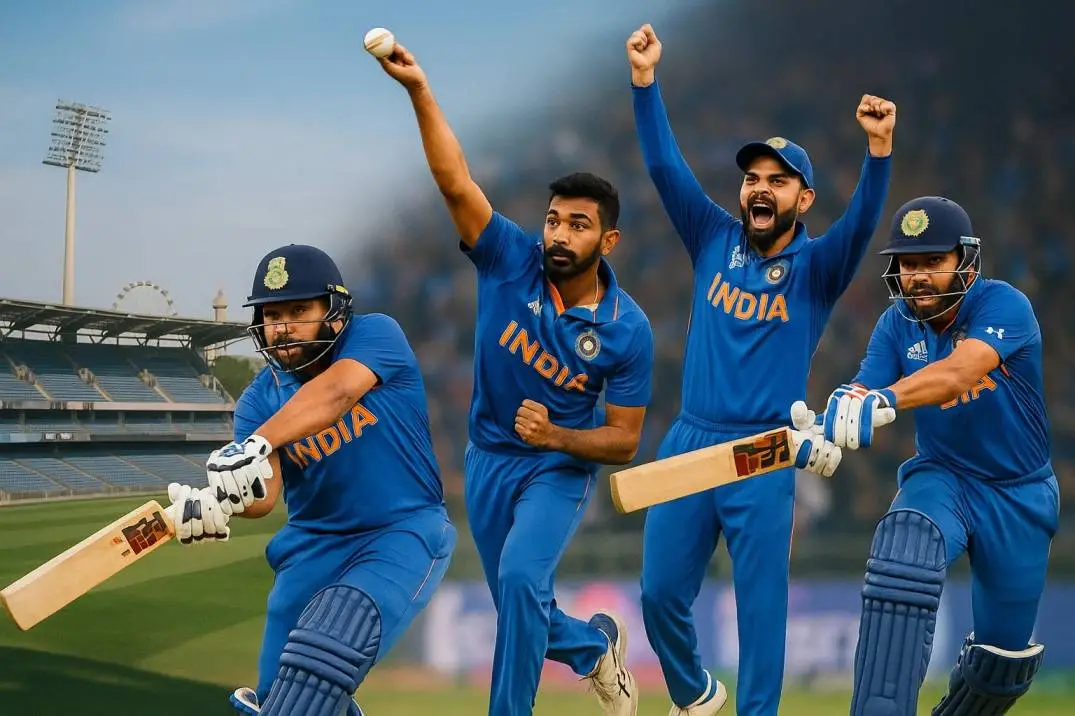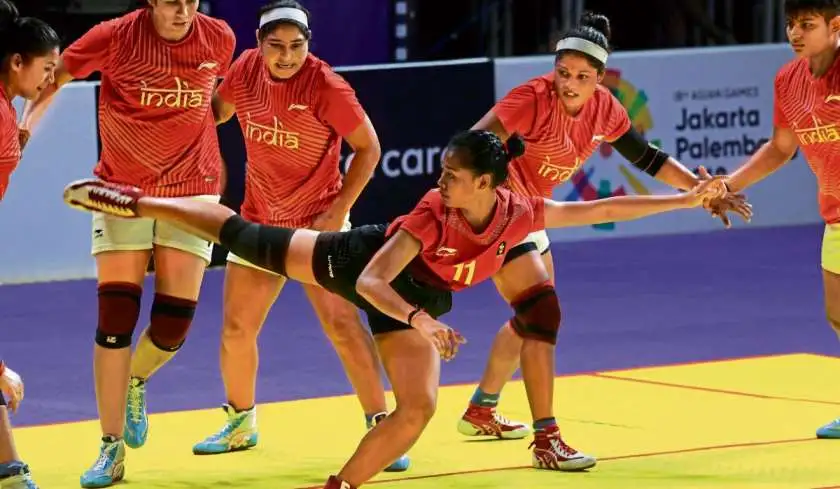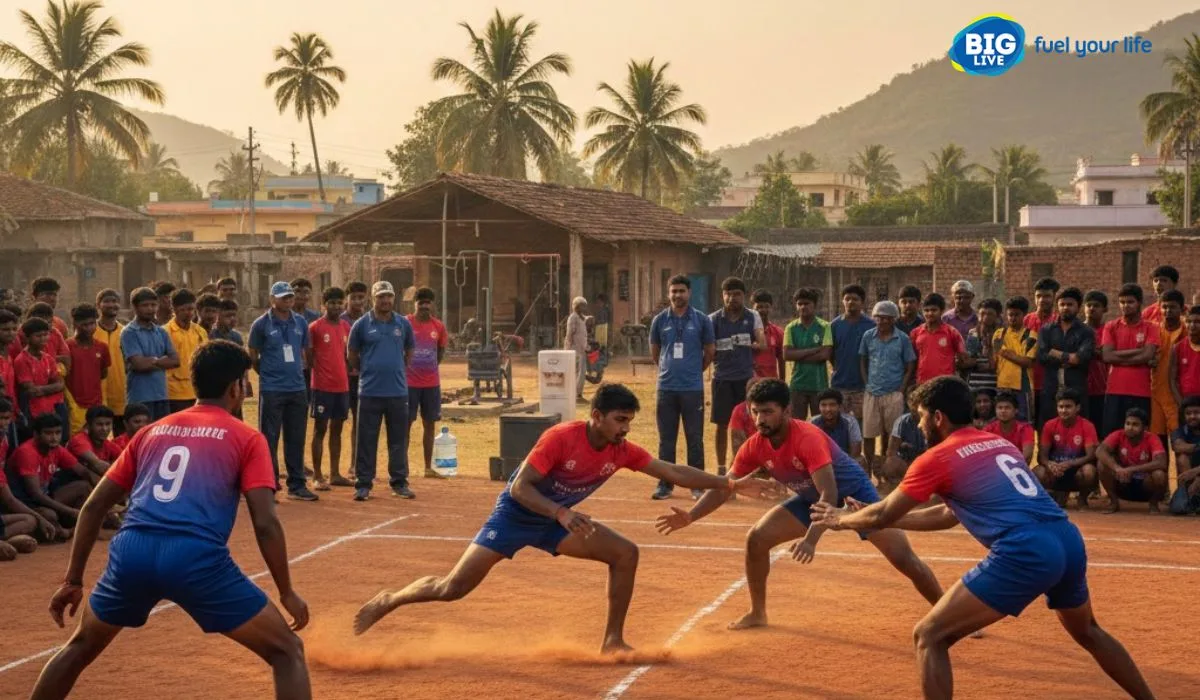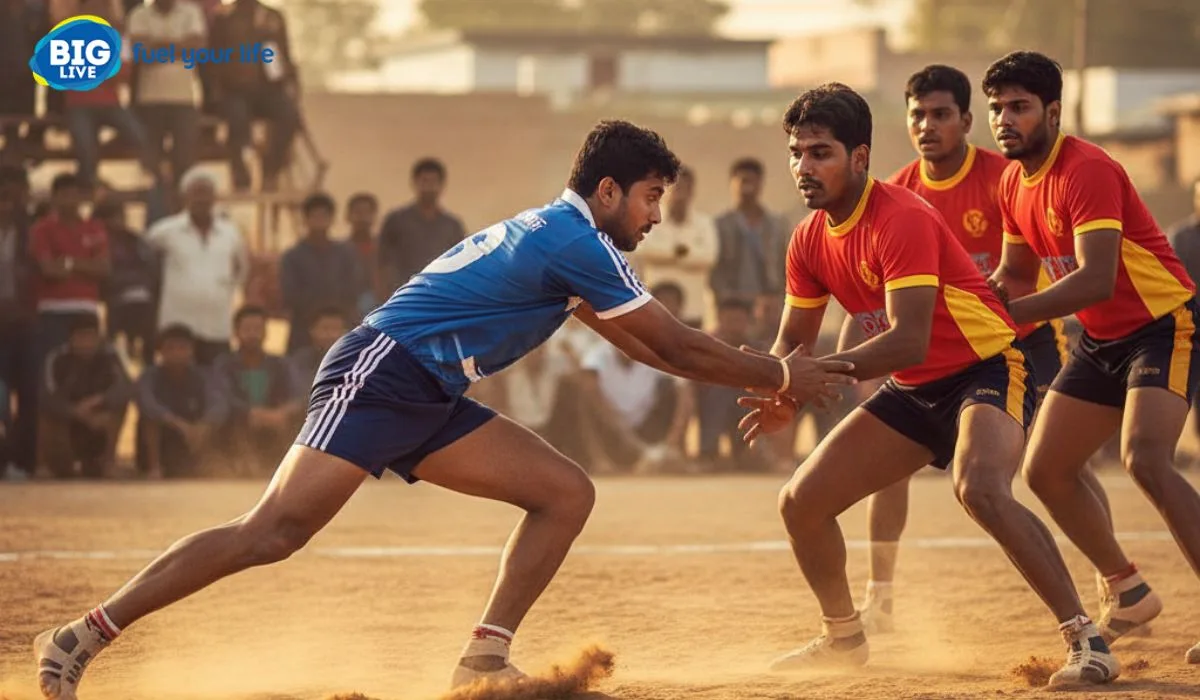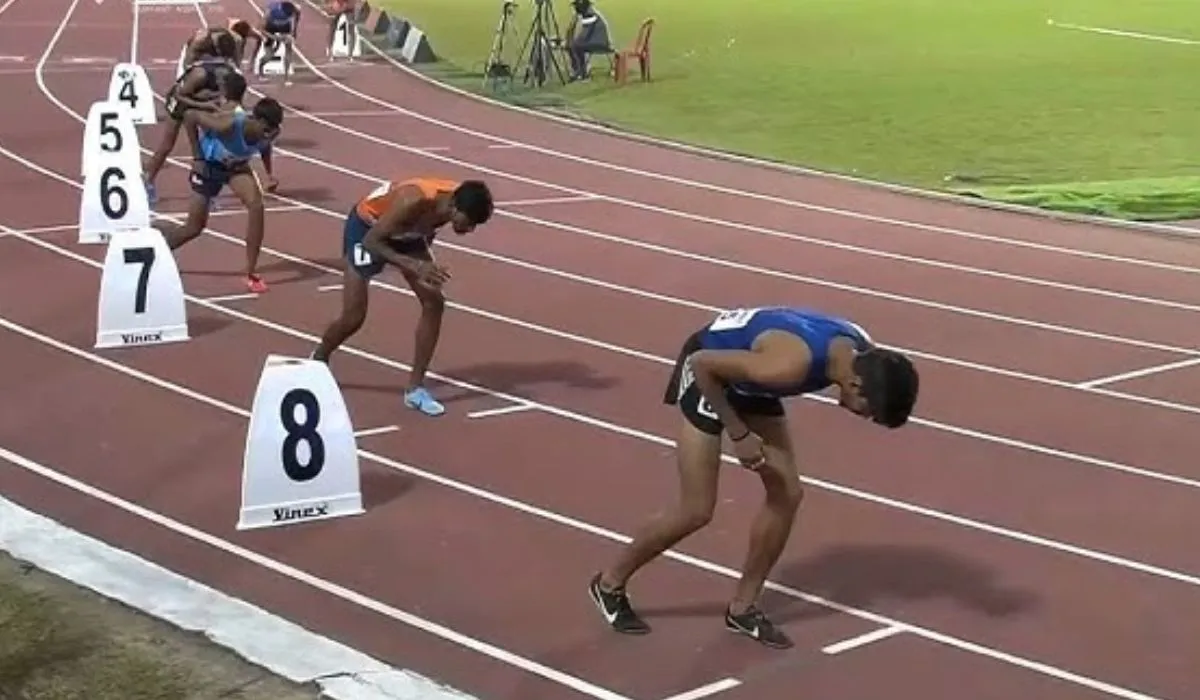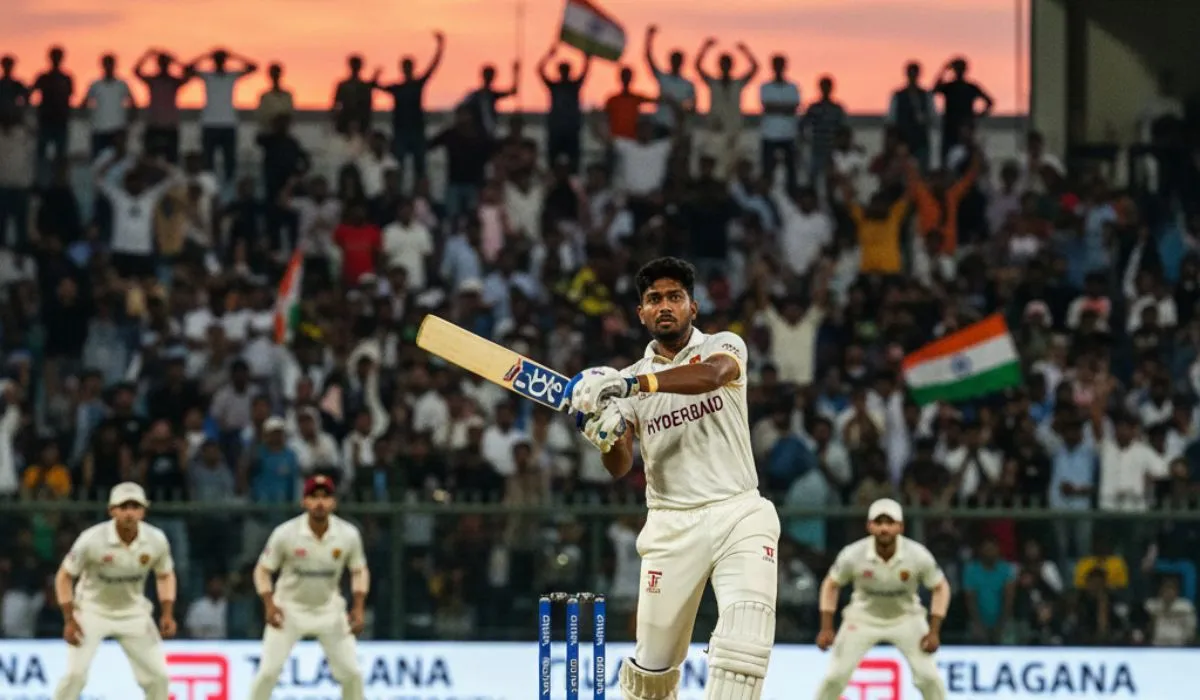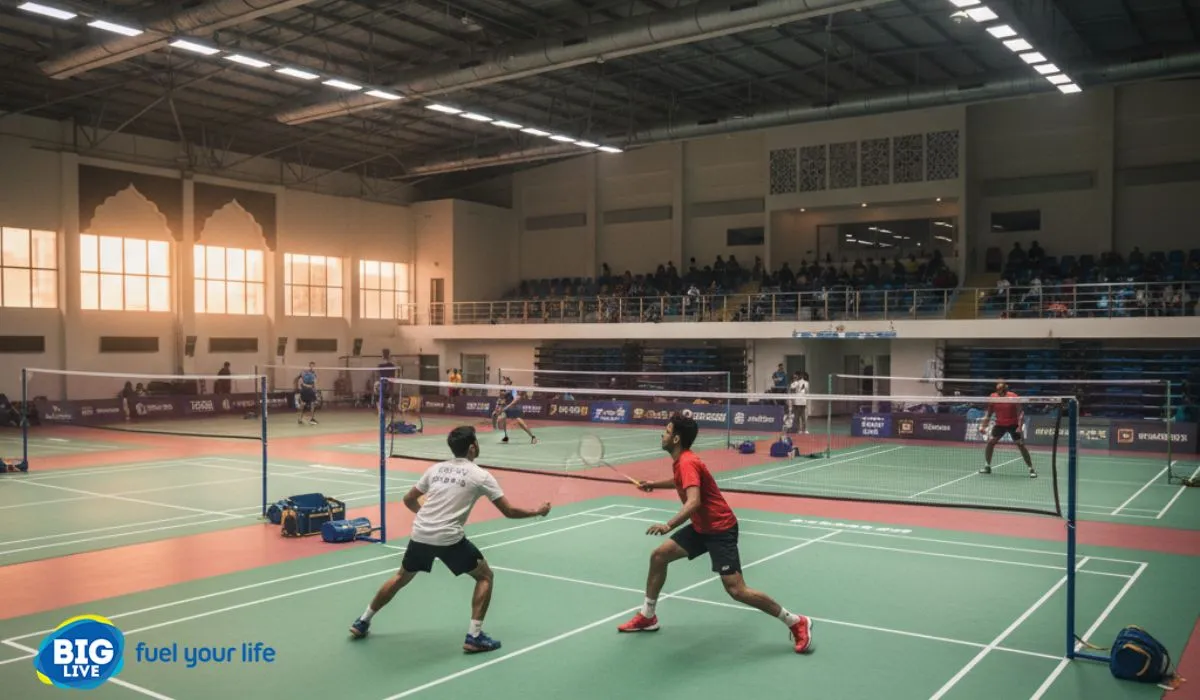If you’ve followed Indian domestic cricket even casually, you’ve probably noticed a new buzz around Bihar. For years, the state’s cricketing story felt like a series of stop–starts: passionate players, scattered infrastructure, and limited pathways. Today, the plot is changing. From school tournaments overflowing with talent to packed local leagues and academies sprouting in tier-2 and tier-3 towns, Bihar is quietly scripting a revival. This is the story of how the state is gaining momentum and rise of cricket in Bihar.
Read Also: Women Take Center Stage in Bengal Pro T20 League
A Quick Rewind: From Lull To Lift-off
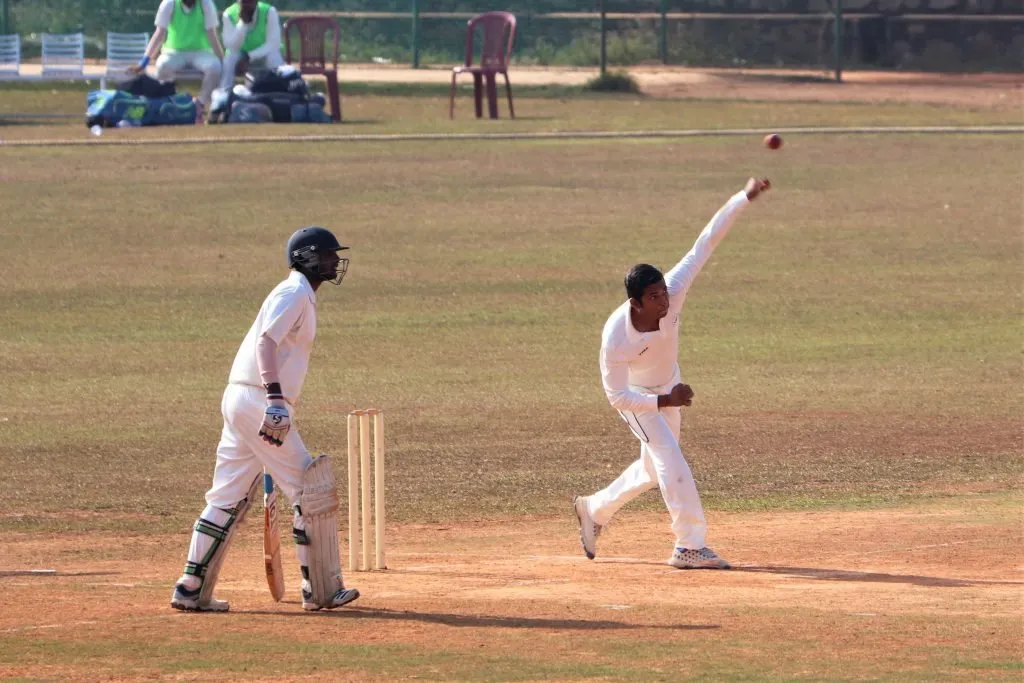
Bihar’s love for cricket isn’t new; it’s deep and generational. What the state lacked for a long time wasn’t enthusiasm, but structure. As administrative issues and organisational gaps held things back, promising youngsters often migrated to other setups to pursue serious cricket. Over the last few years, a more coherent domestic presence, clearer selection pathways, and renewed focus on age-group cricket have given local talent a reason to stay. That shift—from uncertainty to structure—is the foundation of the current momentum.
Grassroots revival: where the spark begins?
Walk into any school ground in Patna, Gaya, Muzaffarpur, or Bhagalpur on a winter morning and you’ll see it: coaching drills, plastic cones, throwdowns, and the unmistakable crack of a well-timed cover drive. The action is most vibrant at the grassroots:
School & college circuits: Inter-school and inter-college tournaments are once again meaningful scouting hubs. PE teachers and local coaches coordinate calendars, while parents are increasingly supportive of cricket as a serious pursuit rather than a hobby.
Community clubs & mohalla cricket: The “gully-to-club” pipeline has become more formal. Local clubs host weekend leagues with umpires, scorers, and simple digital scoring apps, creating performance records and enabling fairer selection conversations.
Summer camps & holiday clinics: Seasonal camps now run with semi-professional rigour. Fitness baselines are tracked, and emerging players are nudged toward better diet, hydration, and recovery—small investments that compound over time.
Infrastructure: from bare essentials to better basics
Bihar’s facilities are improving—not overnight, but steadily:
Stadium upgrades and access: Key venues have seen better pitch curation, sightscreen maintenance, and practice nets. Even incremental improvements—like turf wickets replacing mats in more districts—change how batters and bowlers develop.
Academies with fitness culture: New academies across cities offer strength and conditioning corners, video analysis, and bowling-machine sessions. A generation that once learned by instinct now learns with data, slow-motion feedback, and measured plans.
District hubs: Instead of a single-city choke point, more districts host trials and camps. This decentralization reduces travel burden, widens the talent funnel, and helps coaches spot late bloomers who might otherwise be missed.
Coaching & talent identification: creating a pipeline, not a bottleneck
The change in Bihar’s cricket is as much about methodology as facilities:
Licensed coaches & specialist sessions: More coaches are pursuing certifications and inviting specialists—keeper-coaches, power-hitting mentors, spin consultants—for short stints. This gives players precise, position-specific guidance.
Age-group clarity: Under-14, Under-16, Under-19, and Under-23 calendars now matter. Players and parents can plan development cycles around trials, camps, and exams—reducing last-minute chaos and improving performance outcomes.
Data-lite but data-aware: While not every academy is running biomechanical labs, many are using phone-based video and basic analytics apps to study release points, back-foot contact, bat swing, and seam position. It’s simple, but effective.
The IPL effect: visibility, aspiration, and opportunity
- The Indian Premier League has transformed how youngsters dream—and train. For Bihar’s talent pool, the IPL offers three major boosts:
- Aspirational pull: Trial camps and open nets for franchise scouting create a visible ladder. The dream feels “one good season away,” which drives professionalism early.
- Skill evolution: Youngsters practise death bowling, power-hitting, and fielding agility with an IPL lens—adaptable skills that also elevate their four-day cricket.
- Mentorship & networks: Players who get trials—even if they don’t make it—return with stories of intensity and discipline. Coaches translate those learnings into better local practice routines.
Women’s cricket in Bihar: growth with purpose
Women’s cricket is a bright spot and a massive untapped opportunity. Schools and colleges are forming girls’ teams with a seriousness that wasn’t common a decade ago. Dedicated practice hours, female coaching staff in some academies, and targeted district camps are changing participation into performance. Role models from across India have inspired families to support daughters in sport, and Bihar is benefiting from that shift in mindset.
Local leagues & district tournaments: where reputations are built
- Beyond the formal calendar, local leagues—T20s under lights, one-day knockouts, and red-ball weekend games—play a pivotal role. They do three things really well:
- Pressure inoculation: Tight chases, noisy crowds, and slow pitches teach match temperament better than any net can.
- Selection relevance: Performances in competitive local leagues often correlate with district and state call-ups, giving players a reason to treat every game like an audition.
- Community identity: Fans rally around local clubs, which boosts attendance and sponsorship interest—fuel that keeps the ecosystem running. Cricket’s revival always follows money and attention:
- Small sponsors, big impact: Local businesses—schools, coaching centres, retailers—are funding kits, travel, and tournament logistics. It’s not glamorous, but it’s transformative.
- Hyperlocal media: District newspapers, FM radio, and digital portals cover local match results and player stories. Short clips on Instagram and YouTube give young cricketers a reel-ready portfolio for scouts to notice.
- Scoring apps & livestreams: Live scores and basic streams lend legitimacy and make it easier for selectors to track consistency over an entire season, not just at trials.
The challenges that still require solving
- Momentum is genuine, but so are the hurdles:
- Pitch quality change: Steady turf planning over locale remains a work in advance. Hitters and bowlers require solid surfaces to refine technique.
- Professional physio & rehab: As workloads rise, so do push wounds. Get to to qualified physios, nutritionists, and quality coaches must extend past a few cities.
- Travel & coordinations: Bihar is expansive, and travel costs can crash promising careers. Financed transport and inn tie-ups close hone center points would make a huge difference.
- Year-round cricket: Monsoon-proof indoor nets and all-weather preparing ranges seem decrease regular breaks that limit player "rise of cricket in Bihar".
You May Also Like: How Kerala’s Villages Are Fueling Cricket’s Future
Success stories & noiseless heroes
While features frequently chase the greatest names, Bihar’s cricket surge is fueled by handfuls of under-the-radar victory stories: the medium-pacer from a little town who included 7 km/h after a organized exercise center program; the leg-spinner who aced control with hundreds of reps on a unpleasant pitch; the wicketkeeper who learned progressed glove work from free online instructional exercises and an foundation coach; the coach who pooled neighborhood stores to purchase a bowling machine and opened it to players who couldn’t bear expenses. These micro-victories stack up into a macro-shift.
What will support the rise: a commonsense roadmap?
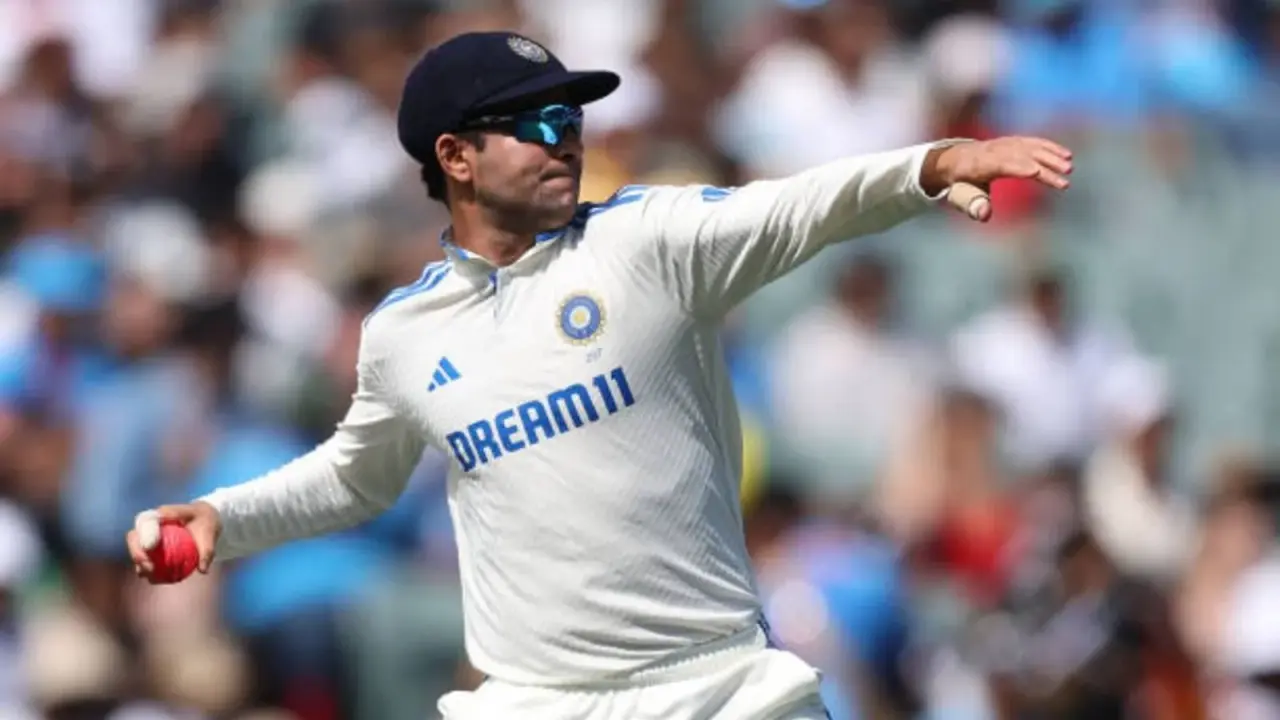
To change over force into a enduring bequest, Bihar’s environment can center on five commonsense levers:
District Fabulousness Centers
Create at slightest one high-quality preparing center per area: turf wickets, indoor nets, a little exercise center, video examination, and a part-time physio. Keep get to affordable.
Coach upskilling
Sponsor licenses for promising coaches and run quarterly workshops with previous residential stars. A well-trained coach duplicates affect over cohorts.
Structured competition
Fix a steady, freely accessible yearly calendar for age-group and senior competitions so players can periodize preparing and crest at the right time.
Player welfare
Offer damage protections and travel stipends for standout entertainers from low-income foundations. Ability ought to not slow down since of logistics.
Women’s cricket fast-track
Dedicated inter-district association, grants for young ladies, and at slightest one all-female coaching clinic per season. Perceivability drives participation.
How players can make the most of the moment?
If you’re a youthful cricketer (or parent/coach) in Bihar, here’s a basic, no-nonsense plan:
Train like a master, early: Construct a week by week routine—3 aptitude sessions, 2 S&C sessions, 1 mobility/recovery day. Keep a preparing log.
Master your part: Be known for something. Passing overs pro, powerplay stay, wrist-spin with control, lightning hands behind the stumps—clarity gets you picked.
Play as much competitive cricket as you can: Alliance recreations educate decision-making beneath weight. Treat each coordinate like a determination trial.
Collect your information: Record runs, strike rate, dot-ball rate, lengths, economy, and handling measurements. Patterns matter more than one-off highs.
Seek criticism: A 10-minute legitimate question with a coach after each coordinate compounds speedier than an additional hour of unguided nets.



